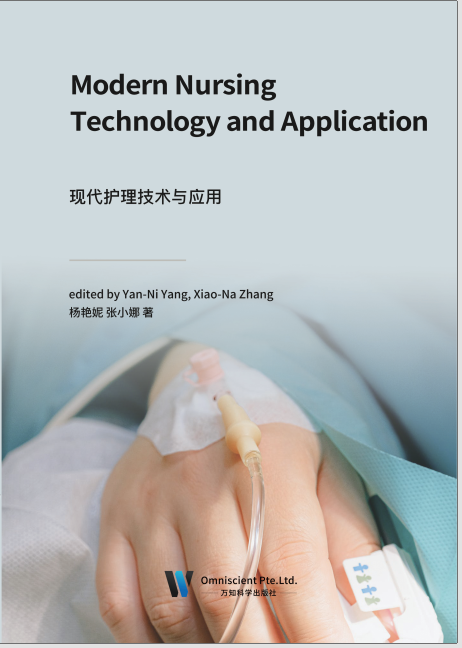
In recent years, with the increasing investment in power infrastructure projects in China, we must implement effective management of complex infrastructure business through information system. The enterprise resource planning (ERP) is an advanced management idea, which focuses on organization model, business process, enterprise rules and regulations, information technology, etc.
Power engineering management is an important part of the management of power enterprises in our country, and it plays an indispensable role in the power system. The management of electric power projects has an important influence on the economic benefits of the main body of project investment and the construction enterprises. In recent years, with the implementation of our country’s sustainable development strategy, the construction of power engineering projects has gradually increased. For China’s power grid, under the premise of ensuring the improvement of the power grid system and power supply quality, the reasonable cost control can not only improve China’s economic level, but also help China’s power grid system to be more mature and perfect. At present, the high project cost is largely due to the unscientific and unreasonable management mode of power grid system. Therefore, if we want to control the project cost, we should start from the perspective of management.
前 言
近些年来,伴随着我国在电力基建工程上投资的日趋增加,我们必须要通过信息系统,来对繁杂的基建业务实施有效的管理。而企业资源计划,它是集中了组织模型、业务流程、企业规章制度以及信息技术等,其在管理思想上比较先进。
电力工程管理是我国电力企业管理工作的重要组成部分,在电力系统中发挥不可或缺的作用。电力工程管理工作对工程投资主体的经济利益、施工企业的经济效益有着重要的影响。近年来,随着我国可持续发展战略的实施,电力工程项目的建设也逐渐增多。对于我国电网而言,在保障电网体系的完善和供电质量的前提下,最大限度地合理控制造价成本,这不但能够提升我国的经济水平,而且有助于我国电网体系更加成熟完善。当前,工程造价过高很大程度上是因为电网体系的管理模式不科学不合理,因此若要对工程造价进行控制,那么就应当从管理这一角度来着手解决。
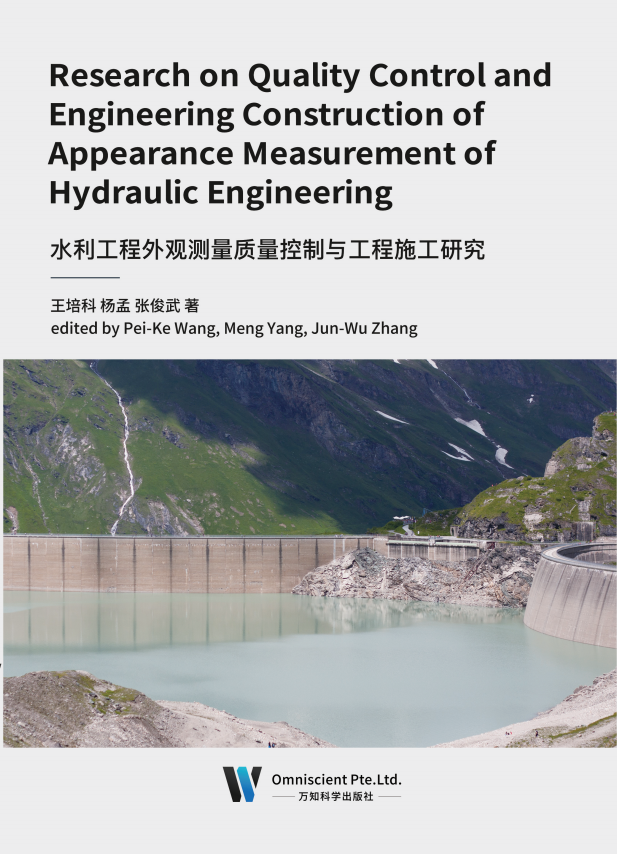
水利工程的质量不只是建筑结构本身,也包括外观方面。作为水利工程的重要组成部分,外观质量体现了工程建设的水平,对工程整体质量起着重要作用。通过分析和掌控外观质量的途径, 可以帮助工程实施提高质量,改善水利行业形象, 解决更多隐患问题。
由于社会的不断发展,人们对精神的追求越来越高。水利工程建筑作为人类社会的重要场所,除了要保障最基本的功能属性,也要求外观达到一定的审美标准。而控制景响水利工程建筑外观质量的因素,通常也是提升质量的有效方法。水工建筑物施工需要水利工程建筑,在通常情况下,水利工程建筑物都是清水混凝土的外观表象。控制建筑物的表面平整,保证一定的色泽和光泽度等,是对外观质量的基本要求。这不但可以提高建筑的安全性,也能够在外观上给人一种比较美观和自然、简约的印象。
影响水利工程建筑的外观质量因素并不是单一的,建筑施工的各个环节都有可能发生作用,包括人为因素、设备、材料、工艺等的方方面面。因此,为了加强水利工程建筑的外观的质量,必须严格按照建设程序出发,切实的掌控从工程设计,到施工、监理以及质量监督等整个流程工作,协调控制,抓住每个环节和因素,全方位彻底的把握外观质量。
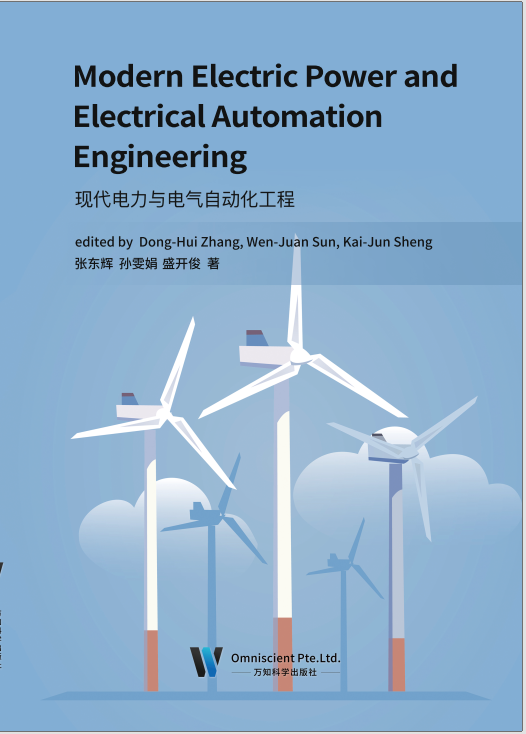
Electrical automation is a scientific discipline related to electrical engineering. China’s electrical automation control system has experienced decades of development. Compared with the earlier centralized control system, the distributed control system has the characteristics of reliability, real-time and expandability. The integrated control system makes more use of new science and technology and has more complete functions. Electrical automation control system has clear requirements for the efficiency and accuracy of information collection, and has a high requirement for the reliability and anti-interference of the automatic protection device. Electrical automation has the advantages of optimizing power supply design, improving equipment operation and utilization, and promoting the rational use of power resources.
Electrical automation control technology is highly integrated by network communication technology, computer technology and electronic technology. Therefore, the technical coverage of this technology is relatively wide. At the same time, it also has a great dependence on its core technology - electronic technology. Only based on a variety of advanced technologies can it form an electrical automation control system with rich functions and stable operation. The electrical automation control system is combined with industrial production process equipment to realize production automation. Electrical automation control technology has higher accuracy in application, and it has the characteristics of fast signal transmission and fast response speed. If the electrical automation control system has fewer control objects and high equipment coordination in the operation stage, the automation degree of the whole industrial production process is relatively high, which also means that the quality of product under this process can be improved to a higher level. At present, the electrical automation control system is based on Internet technology and computer technology, which can realize the remote monitoring of industrial automation production line. The central control room can realize the monitoring of the operating status of each automated production line, and adjust its production parameters at any time according to the requirements of industrial production.
Electrical automation control technology is composed of a variety of technologies. It is mainly based on computer technology, network technology and electronic technology, and highly integrates these three technologies. Therefore, electrical automation control technology requires a lot of technical support. In particular, there is a strong dependence on these three main technologies. Electric automation technology fully combines the advantages of various technologies to make the electric automation control system have more functions, so as to better serve the public. The electrical automation control system developed by the application of science and technology in many fields. Electrical automation control system can be connected with many devices, so as to control the working process of these devices. In practical application, electrical automation control technology has rapid response and strong control precision. In the new era, electrical automation control technology makes full use of the advantages of computer technology and Internet technology. It can also monitor the entire industrial production process and adjust production line data in time according to actual production needs.
前 言
电气自动化是一门研究与电气工程相关的科学,中国的电气自动化控制系统经历了几十年的发展, 分布式控制系统相对于早期的集中式控制系统具有可靠、 实时、可扩充的特点,集成化的控制系统则更多地利用了新科学技术的发展,功能更为完备。电气自动化控制系统对信息采集具有快速准确的要求,同时对设备的自动保护装置的可靠性以及抗干扰性要求很高,电气自动化具有优化供电设计、提高设备运行与利用率、促进电力资源合理利用的优点。
电气自动化控制技术是由网络通信技术、计算机技术以及电子技术高度集成,所以该项技术的技术覆盖面积相对较广,同时也对其核心技术一电子技术有着很大的依赖性,只有基于多种先进技术才能使其形成功能丰富、运行稳定的电气自动化控制系统, 并将电气自动化控制系统与工业生产工艺设备结合后来实现生产自动化。电气自动化控制技术在应用中具有更高的精确性,并且其具有信号传输快、反应速度快等特点, 如果电气自动化控制系统在运行阶段的控制对象较少且设备配合度高,则整个工业生产工艺的自动化程度便相对较高,这也意味着该种工艺下的产品质量可以提升至一个新的水平。现阶段基于互联网技术和电子计算机技术,而成的电气自动化控制系统,可以实现对工业自动化产线的远程监控,通过中心控制室来实现对每一条自动化产线运行状态的监控,并且根据工业生产要求随时对其生产参数进行调整。
电气自动化控制技术是由多种技术共同组成的,其主要以计算机技术、网络技术和电子技术为基础,并将这三种技术高度集成于一身,所以,电气自动化控制技术需要很多技术的支持,尤其是对这三种主要技术有着很强的依赖性。电气自动化技术充分结合各项技术的优势,使电气自动化控制系统具有更多功能,更好地服务于社会大众。应用多领域的科学技术研发出的电气自动化控制系统,可以和很多设备产生联系,从而控制这些设备的工作过程,在实际应用中,电气自动化控制技术反应迅速,而且控制精度强。在新时期,电气自动化控制技术充分利用了计算机技术以及互联网技术的优势,还可以对整个工业生产工艺的流程进行监控,按照实际生产需要及时调整生产线数据,来满足实际的需求。
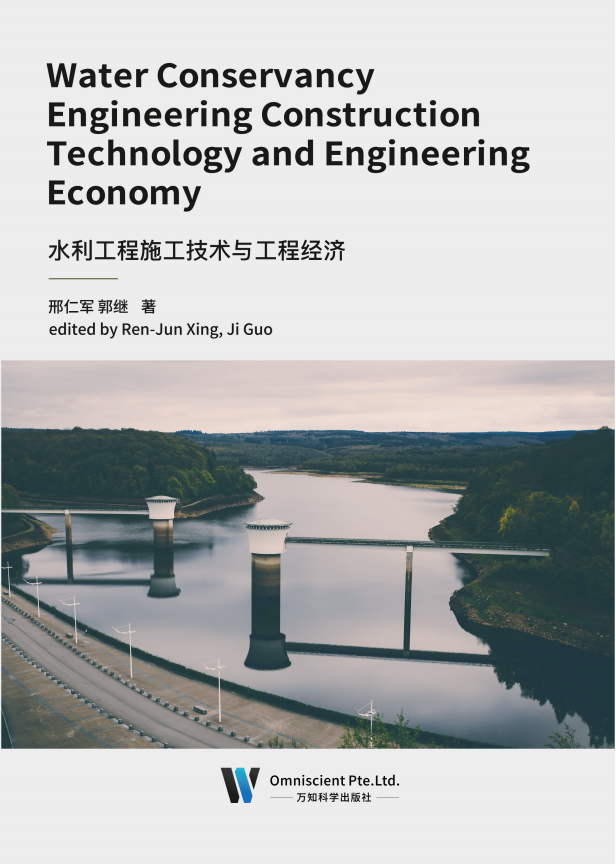
水利工程的兴建关系着国家经济的发展和百姓的安居乐业。随着经济建设步伐 的加快,越来越多的建设重点转移到基础设施上来,切实提高了人们的生活水平。 本文从常用的水利施工技术切入点,分析当前水利施工技术的不足,然后提出有效 的强化策略。 随着社会的发展,水利工程建设越来越受到重视,水利工程建设能够在很大程 度上提高人们的生活水平,同时能够保障人民的用水,因此进一步加强对其的研究 非常有必要。在水利工程建设中施工技术以及管理非常重要,但是就目前的情况来 看,水利工程施工技术管理方面还存在很多问题,因此在实际应用中需要采取有效 的措施进行优化,从而能够更好的确保工程的质量,促进社会的发展。基于此,本 文分析了水利工程施工技术问题及管理措施。 水利工程建设在经济发展中的作用越来越占有更加突出的地位,但由于水利工 程施工涉及范围大、原理复杂等特点,水利工程在建设时就要有相应的技术管理相 配合,加强水利工程施工技术管理是水利工程建设的重要保证。本研究就水利工程 施工的基本内涵、发展问题及注意事项予以讨论分析,提出合理的建议为水利施工 技术管理提供理论依据。
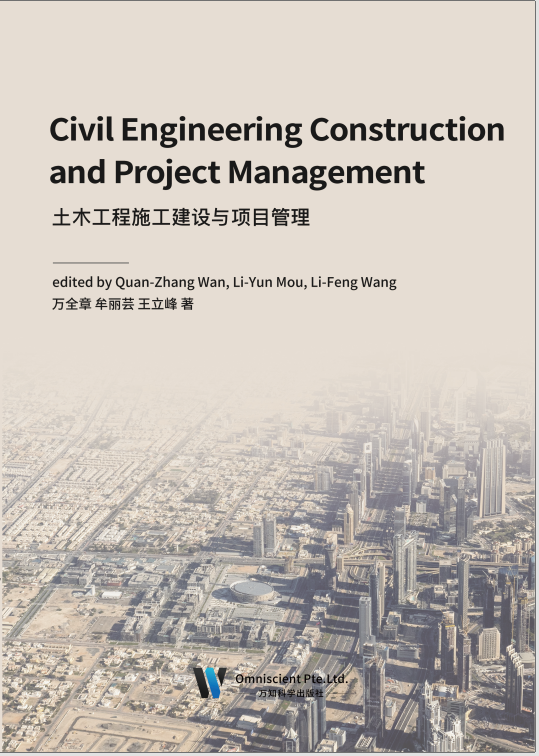
With the development of economy and society and the continuous advancement of urbanization, the demand for infrastructure is increasing. Civil engineering is a very important form of construction in the process of infrastructure construction. In recent years, in the process of infrastructure construction, civil construction is mainly used. In the process of civil engineering construction, the overall project management is a very important construction content. The construction work must be carried out according to the corresponding construction standards, so as to improve the construction quality of civil engineering. With the continuous development of national economy and urbanization, China’s civil engineering construction has made great progress. As the central link of civil engineering construction, construction management directly affects the quality and benefit of civil engineering construction, and affects the sustainable development of civil engineering construction enterprises.
Civil engineering construction project involves many production factors, such as production equipment, production materials, production technology and so on., which can eventually affect the quality of construction projects. Therefore, for the project construction management unit, it is necessary to formulate effective project management system and establish effective technical measures, management measures, economic measures and technical measures according to the actual situation of the project, so as to ensure the orderly progress of the whole construction project.
前 言
随着经济社会的发展和城市化的不断推进,基础设施的需求在不断增加,土木工程是基础设施建设的过程中十分重要的建设形式。近年来在进行基础设施建设的过程中主要采用土木建设,在土木工程建设的过程中整体的项目管理是十分重要的建设内容,必须按照相应的建设标准进行建设工作,这样才能提升土木工程的建设质量。国家经济的不断进步以及城市化建设的不断发展,我国土木工程施工建设取得了重大进步。施工管理作为土木工程施工建设的中心环节,直接影响着土木工程施工建设质量以及效益,影响着土木工程施工企业的可持续发展。
土木工程施工建设项目所涉及生产要素众多,生产设备、生产材料、生产工艺等,都能成为最终影响施工建设项目质量的因素,因此对于工程施工建设管理单位而言,必须根据项目的实际情况,制定有效的项目管理制度,设立行之有效的技术措施、管理措施、经济措施、技术措施, 保证整个施工建设项目能够有序推进。